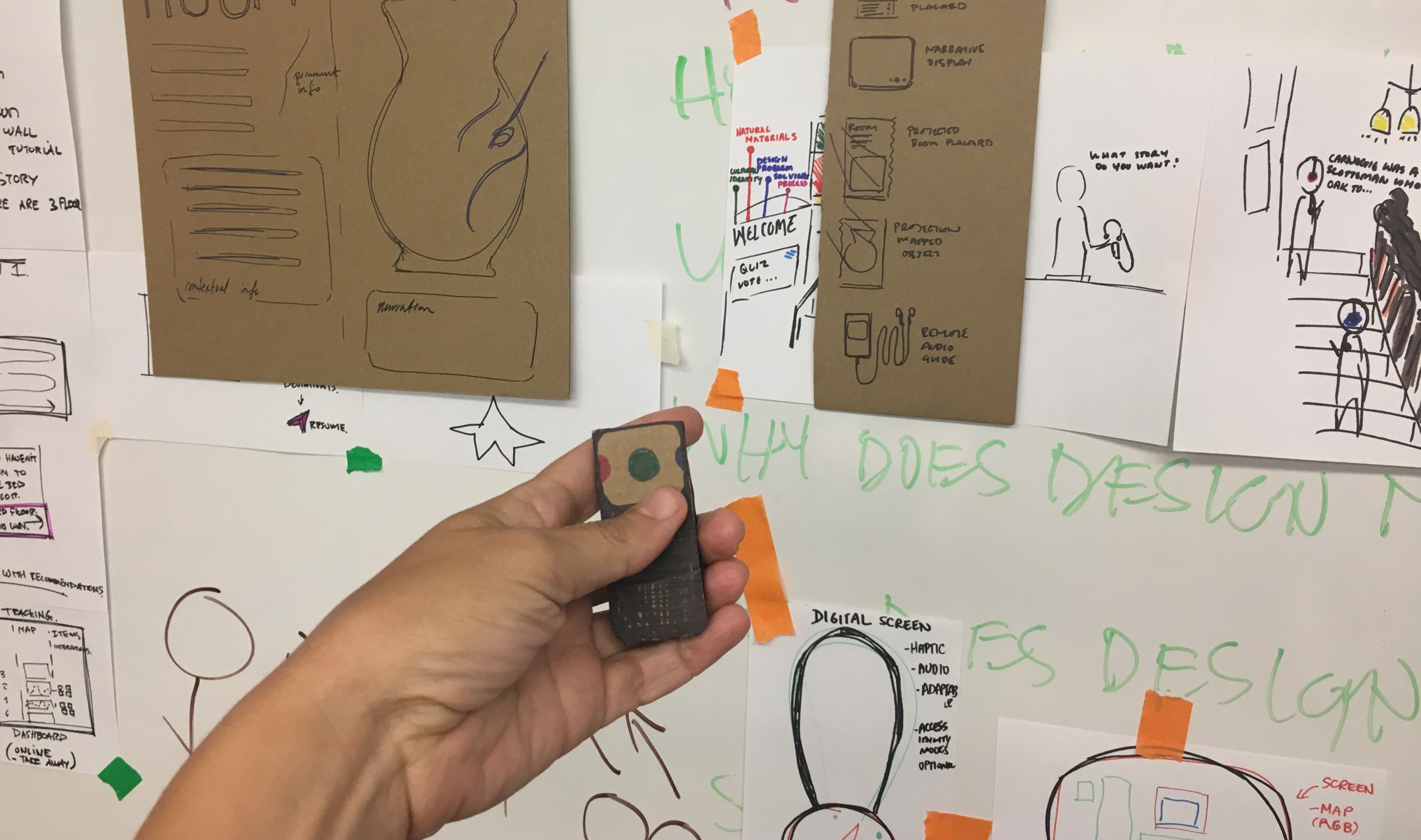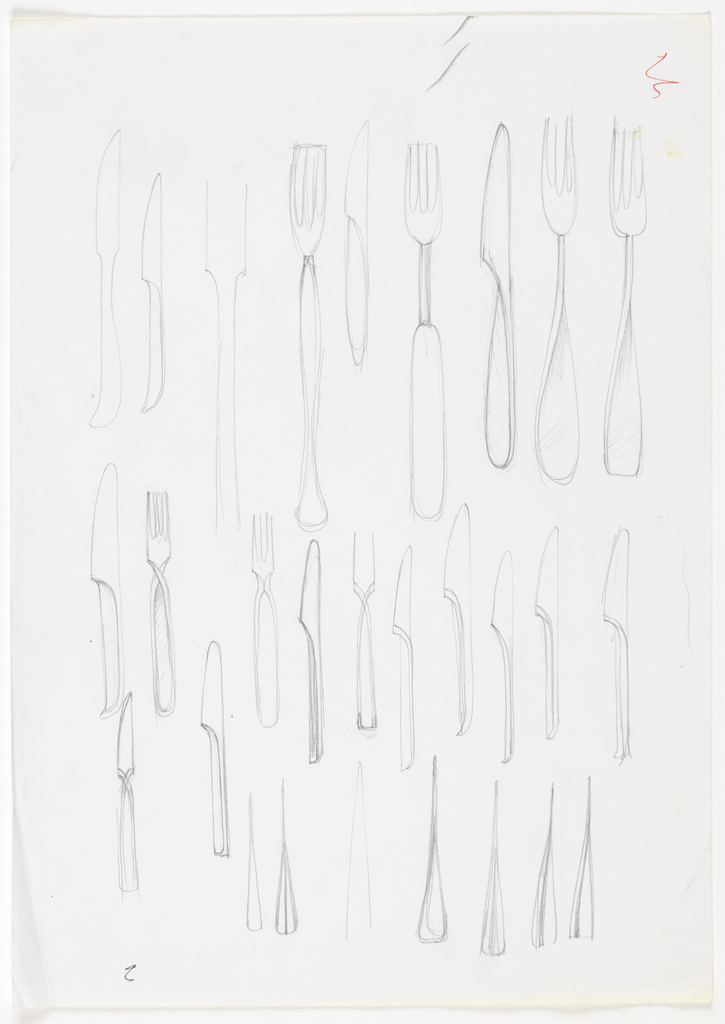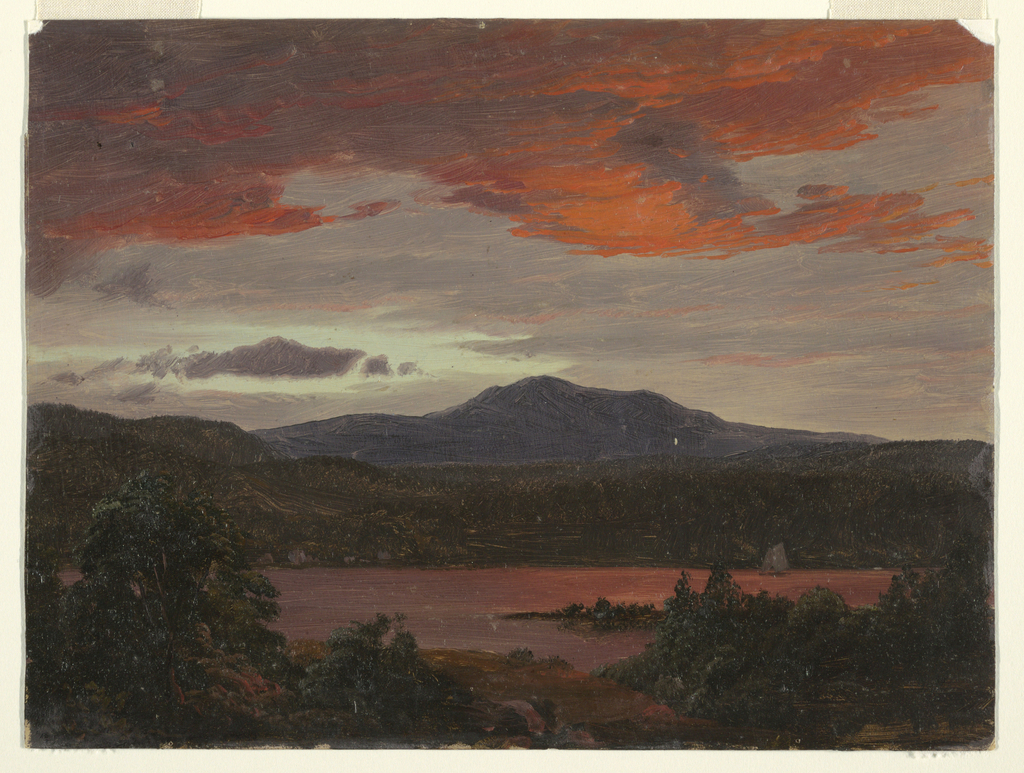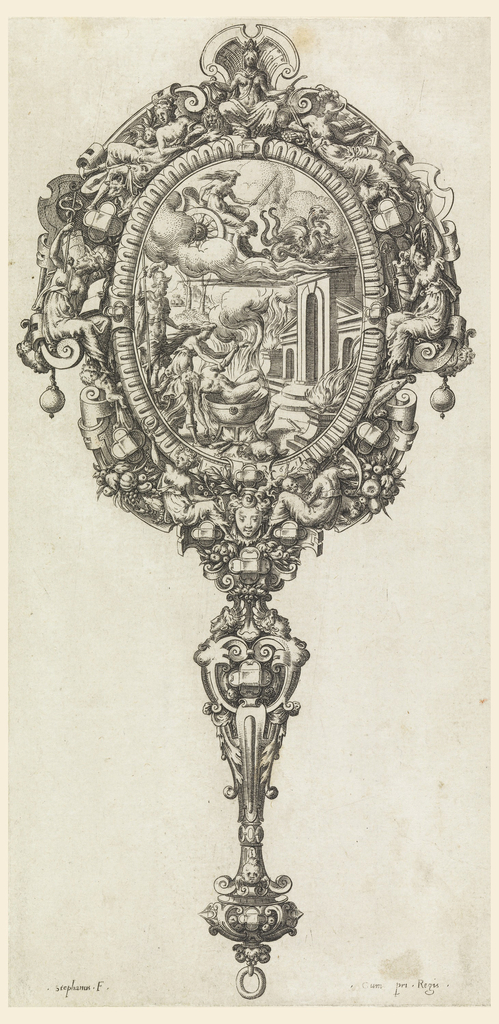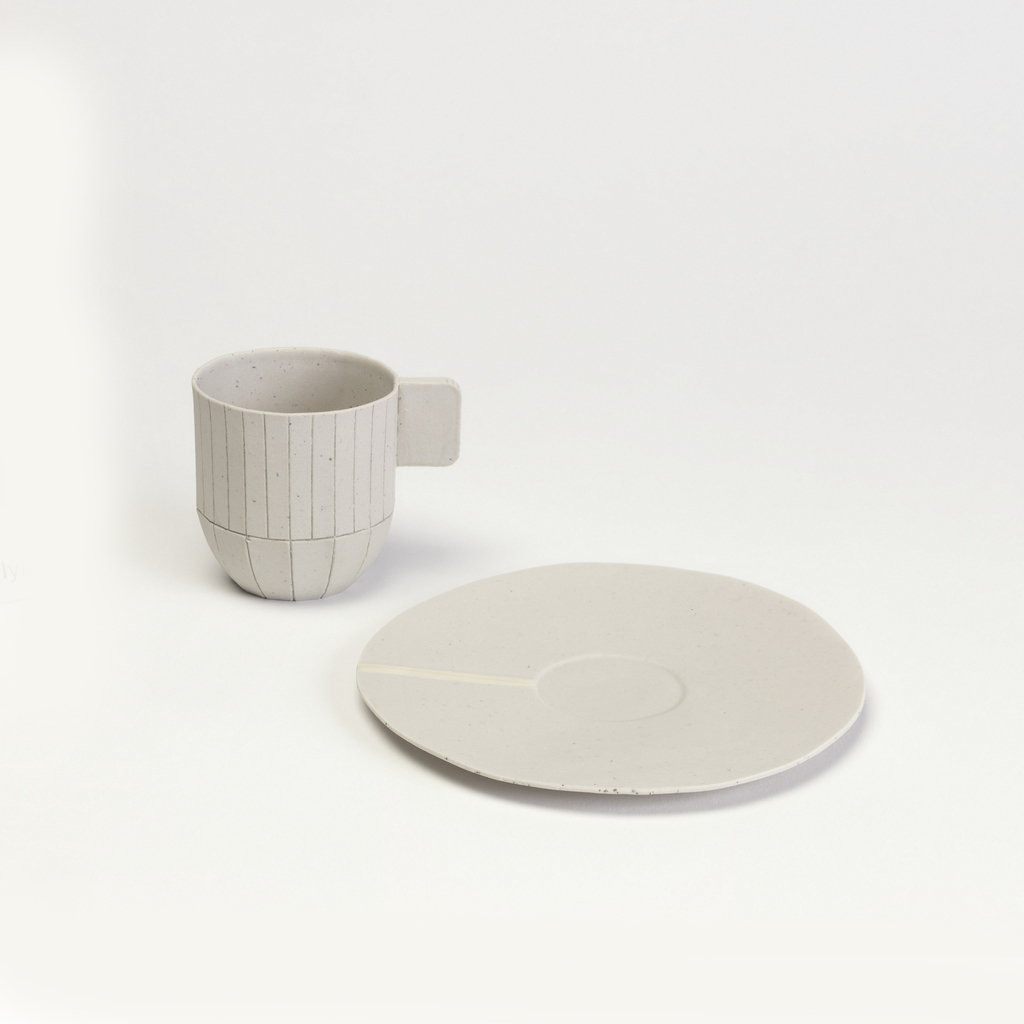Fantastically good at inspiring and educating visitors as trusted collectors and conservators of history, museums amplify cultural access by presenting stories and ideas that provoke rich dialogue about the past, present, and future. In fact, according to the American Alliance of Museums (AAM), museums are considered to be the most trustworthy source of information around,...
This post was originally published on November 10, 2013. Gerald Gulotta became an established freelance designer of ceramics, glassware, silver and stainless steel cutlery during the 1960s and 1970s. His sleek, slender, elegant tabletop designs look as contemporary today as they did during the height of his career. The Drawings, Prints and Graphic Design department recently acquired...
“It is, indeed, a tribute to the appeal of the sheer granite walls of Katahdin that Church should have made so many studies of this region alone.”[1] -Myron Avery, writer and Maine adventurer American landscape painter Frederic Edwin Church (American, 1826-1900) began visiting the region around Mt. Katahdin, Maine in 1852. While Church is renowned for...
Sixteenth-century Europe saw, with the apogee of humanism, the reactivation of intellectual and creative energies towards classical antiquity, through which the decorative arts flourished. Designs were highly imaginative, with increasingly complicated, fantastical motifs, in which material opulence coexisted with humanist knowledge in the form of historical and mythological themes.[1] A case in point is this...
For the Paper Porcelain tableware series, designers Stefan Scholten and Carole Baijings sought to translate paper models—an integral part of their design process—into porcelain. First, they sketched the forms, geometry, and color of the cups and saucers. The two-page concept drawing below, in Cooper Hewitt’s collection, was cut from the designers’ Moleskine sketchbook and dates...
Streamed live on October 1, 2015. Best known for her unique design process, Irma Boom is one of the world’s foremost book designers. A graphic designer with an architectural, experimental approach to format and design narrative, Boom has created more than 300 books, including Cooper Hewitt’s own collection handbook. In 2011, she became the youngest-ever...
Sandy Speicher, Practice Lead, Transformation, of IDEO leads a discussion of the different applications of the design process, and the knowledge, skills, and mindsets developed along the way.
City of Neighborhoods is an innovative experience about the design process, learning from professionals to understand how design can affect and improve your community. This 11-session workshop offers youth participants the opportunity to incorporate the latest technologies which includes iPads, Macbooks, and FlipVideos. Youth participants use these tools to capture and display their work via...
Speaking to K-12 Educators from New York and across the country, Bill Moggridge addresses the question of 'What is Design?'. This is the keynote lecture for the Smithsonian Design Institute. http://cooperhewitt.org/EDU/community_programs.asp
